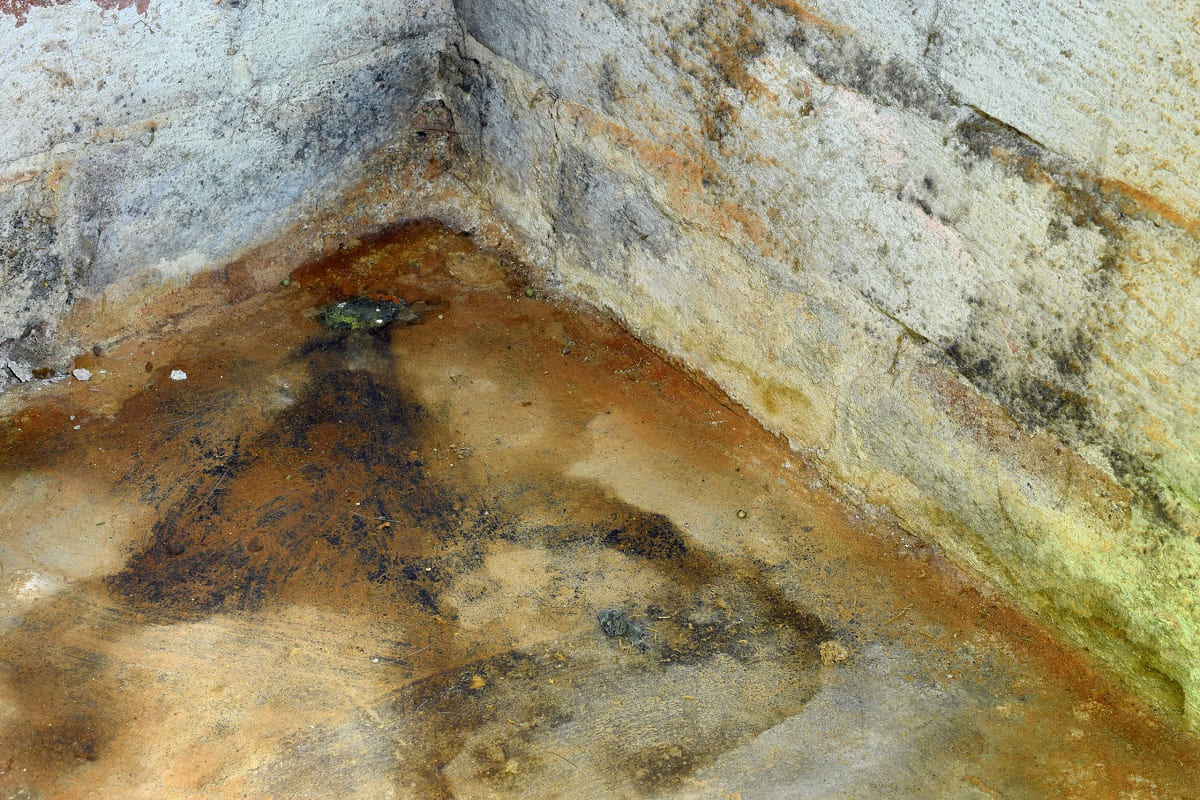

Articles
How To Get Rid Of Mold In Basement
Modified: January 19, 2024
Learn effective ways to eliminate mold in your basement with these informative articles. Protect your home and family from mold growth.
(Many of the links in this article redirect to a specific reviewed product. Your purchase of these products through affiliate links helps to generate commission for Storables.com, at no extra cost. Learn more)
Introduction
Welcome to our comprehensive guide on how to get rid of mold in the basement. Many homeowners face the problem of mold growth in their basements, which can not only be unsightly but also pose health risks. Mold thrives in damp, dark environments, making the basement an ideal breeding ground if not properly maintained.
In this article, we will provide you with step-by-step instructions on how to effectively remove mold from your basement. We’ll also discuss the causes of mold growth, safety precautions to take before starting the removal process, and preventive measures to avoid future mold infestations.
But before we delve into the details of mold removal, it’s crucial to understand why mold develops in basements in the first place. Moisture is the primary culprit, and basements are particularly susceptible due to their below-ground location. Factors such as poor ventilation, water leaks, high humidity, and condensation can create an environment that is conducive to mold growth.
Excess moisture can enter the basement through various sources, including foundation cracks, leaking pipes, inadequate drainage systems, or insufficient waterproofing measures. Combined with organic materials like wood, carpet, or drywall, mold spores find the perfect conditions to flourish.
Some individuals may experience health issues due to mold exposure, ranging from minor allergic reactions to more severe respiratory problems. Therefore, it’s vital to address any mold issues promptly and effectively to ensure a safe and healthy living environment for you and your family.
Without further ado, let’s dive into the world of basement mold and explore the steps to eliminate it once and for all.
Key Takeaways:
- Understanding the causes of mold in basements, assessing the extent of the mold problem, and prioritizing safety precautions are crucial steps in effectively removing mold and creating a healthier living space for you and your family.
- Implementing preventive measures such as controlling moisture levels, improving ventilation, and maintaining regular inspections can significantly reduce the risk of future mold growth in your basement. Professional help may be necessary for extensive mold infestations.
Read more: How To Get Rid Of Mold On Brick
Understanding the Causes of Mold in Basements
Mold growth in basements is a common problem that many homeowners face. To effectively combat mold in your basement, it’s essential to understand the underlying causes. By addressing these factors, you can prevent future mold infestations and create a healthier living space for you and your family.
The primary cause of mold in basements is excess moisture. Basements are often prone to dampness due to their below-ground location, lack of natural light, and poor ventilation. Moisture can enter the basement through various sources, including:
- Water leaks: Leaky pipes, cracks in the foundation, or plumbing issues can introduce water into the basement, creating a breeding ground for mold.
- High humidity: Humidity levels above 60% can create an environment favorable for mold growth. Basements with poor ventilation and inadequate dehumidification can easily accumulate high levels of humidity.
- Condensation: When warm, humid air comes into contact with cool surfaces in the basement, condensation forms. This moisture buildup can provide the necessary conditions for mold to thrive.
- Poor drainage: Insufficient or faulty drainage systems around the foundation can cause water to seep into the basement, leading to dampness and mold problems.
In addition to moisture, the presence of organic materials such as wood, carpet, cardboard, or drywall provides mold spores with a food source to grow and multiply. These materials can become damp or wet due to water leaks or high humidity, further exacerbating the mold problem.
Furthermore, insufficient insulation in the basement can contribute to condensation, as temperature differentials between the basement and the rest of the house may cause moisture to accumulate on surfaces. Additionally, insufficient airflow and lack of natural light in the basement can create a stagnant and damp environment that promotes mold growth.
By identifying the specific causes of mold in your basement, you can effectively address and mitigate these issues. Taking preventive measures to control moisture levels, improve ventilation, and eliminate potential water sources will go a long way in preventing future mold infestations in your basement.
Assessing the Extent of the Mold Problem
Before you embark on the process of removing mold from your basement, it’s crucial to assess the extent of the problem. This will help determine the appropriate methods and precautions necessary for effective mold remediation.
Here are some steps to help you assess the extent of the mold problem in your basement:
- Visual inspection: Start by visually examining the affected areas of your basement. Look for visible signs of mold, such as discoloration, black spots, or a musty odor. Pay attention to areas prone to dampness, such as walls, floors, ceilings, and any stored items.
- Mold testing: If you suspect a severe mold infestation or want to identify the specific type of mold present, you may consider professional mold testing. This involves collecting air or surface samples that are analyzed in a laboratory. Mold testing can provide valuable information about the extent and types of mold present.
- Determine the cause: Identify the underlying cause of the mold growth in your basement. Is it due to a water leak, high humidity, or poor ventilation? Understanding the root cause will help you address the issue effectively and prevent future mold problems.
- Assess affected materials: Determine the extent of mold contamination on any porous materials in your basement, such as drywall, carpeting, or insulation. Porous materials may need to be removed and replaced if heavily infested with mold. Non-porous materials, such as concrete or metal, can typically be cleaned and treated for mold removal.
- Seek professional advice: If you are unsure about the severity of the mold problem or how to properly assess it, it’s advisable to consult with a professional mold remediation specialist. They can conduct a thorough inspection, provide expert advice, and recommend the appropriate course of action based on the specific circumstances of your basement.
Assessing the extent of the mold problem is an essential step in the mold removal process. It helps you gauge the severity of the infestation, determine the appropriate remediation methods, and ensure the safety of yourself and your home during the mold removal process.
Remember, mold removal in larger areas or extensive mold infestations may require professional assistance. Always prioritize your safety and well-being when dealing with mold in your basement.
Safety Precautions before Starting the Removal Process
Before you begin the process of removing mold from your basement, it’s crucial to prioritize safety. Mold can release spores into the air, which can be harmful if inhaled or come in contact with your skin. Taking the necessary precautions will help protect your health and minimize the risk of spreading mold to other areas of your home. Here are some essential safety measures to follow:
- Wear protective gear: Put on protective clothing, including gloves, goggles, and a respirator mask. This will help shield you from mold spores and prevent any skin or respiratory irritation during the removal process.
- Ensure proper ventilation: Open windows and use fans or dehumidifiers to improve ventilation in the basement. This will help reduce airborne mold spores and accelerate the drying process after cleaning.
- Contain the area: Use plastic sheets or tarps to seal off the affected area and prevent mold spores from spreading to other parts of your home. Close off doors and vents, and cover any openings or HVAC vents with plastic or tape.
- Isolate belongings: Remove any items from the basement that are not affected by mold and can be safely relocated. Seal them in plastic bags or containers to prevent cross-contamination.
- Treat mold with caution: Avoid using bleach or other harsh chemicals on mold-infested surfaces, as they can release harmful fumes. Instead, opt for environmentally friendly mold cleaners or natural solutions like vinegar or hydrogen peroxide.
- Avoid dry brushing: Dry brushing or scrubbing moldy surfaces can release mold spores into the air. Use damp cloths or brushes to gently clean affected surfaces and minimize the dispersal of mold spores.
- Proper disposal: Seal mold-infested materials, such as carpets, drywall, or insulation, in heavy-duty plastic bags before removing them from the basement. Properly dispose of them following local regulations or consult a professional for assistance.
- Keep vulnerable individuals away: If you or any family members have respiratory issues or compromised immune systems, it’s best to stay away from the mold removal process. Consider temporarily relocating them until the cleanup is complete.
- Consider professional help: If the mold infestation is extensive or you have concerns about handling it yourself, it’s advisable to seek professional mold remediation services. They have the expertise and equipment to safely and effectively remove mold from your basement.
Remember that prioritizing safety is crucial when dealing with mold. By following these safety precautions, you can protect yourself and your family from potential health risks during the mold removal process.
Materials and Tools Needed
Before you start the mold removal process in your basement, it’s important to gather the necessary materials and tools to ensure a smooth and efficient cleanup. Here’s a list of items you will need:
Read more: How To Get Rid Of Mold In Toilet
Materials:
- Mold cleaner: Choose an appropriate mold cleaner based on the type of surfaces you will be treating. Look for environmentally friendly options or consider using natural solutions like vinegar or hydrogen peroxide.
- Disposable gloves: Disposable gloves will protect your hands from coming into direct contact with mold and any cleaning solutions.
- Protective clothing: Wear old clothing that covers your body, including long sleeves and pants, to minimize skin exposure to mold and cleaning chemicals.
- Plastic sheets or tarps: Use these to seal off the affected area and prevent mold spores from spreading to other parts of your home.
- Plastic bags: Heavy-duty plastic bags are necessary for sealing and disposing of mold-infested materials, such as carpets, drywall, or insulation.
- Damp cloths or brushes: Use damp cloths or soft brushes to gently clean mold-infested surfaces. This helps minimize the dispersal of mold spores into the air.
- Buckets: Have a few buckets on hand for holding water, cleaning solutions, and collecting any debris or mold-infested materials.
Tools:
- Respirator mask: A high-quality respirator mask will protect your lungs from inhaling mold spores. Look for a mask specifically designed for mold removal.
- Goggles: Wear goggles to protect your eyes from any mold spores or cleaning solutions that could cause irritation or harm.
- Utility knife: A utility knife is useful for cutting away mold-infested materials, such as drywall or carpeting, for proper disposal.
- Scrub brush: A scrub brush with stiff bristles can help remove mold from surfaces effectively.
- Duct tape: Use duct tape to secure the plastic sheets or tarps to create a containment area.
- Flashlight: A flashlight will come in handy for inspecting darker corners or areas with limited visibility.
- Dehumidifier: If your basement has high humidity levels, consider using a dehumidifier to help control the moisture and prevent future mold growth.
Having all the necessary materials and tools at your disposal before starting the mold removal process will save you time and ensure that you can tackle the task effectively. Make sure to wear the appropriate protective gear and take the needed precautions to create a safe environment for yourself while resolving the mold issue in your basement.
Step-by-Step Guide to Removing Mold in Basement
Now that you have gathered the necessary materials and tools, it’s time to remove the mold from your basement. Follow this step-by-step guide to ensure an effective and safe mold removal process:
- Assess the severity: Before you begin, evaluate the extent of the mold problem and identify the areas that require treatment. Use a flashlight to inspect dark corners and hidden spaces.
- Prepare the area: Seal off the affected area with plastic sheets or tarps to prevent the spread of mold spores. Close doors, vents, and any openings leading to the rest of the house.
- Put on protective gear: Wear disposable gloves, goggles, and a respirator mask to protect yourself from mold and cleaning solutions.
- Mix the mold cleaner: Follow the instructions on the mold cleaner product and mix it with water in a bucket according to the recommended ratios.
- Clean the surfaces: Use damp cloths or scrub brushes soaked in the mold cleaner solution to gently clean the mold-infested surfaces. Start from the top and work your way down, ensuring you cover all affected areas.
- Thoroughly rinse: After cleaning, rinse the surfaces with clean water to remove any residue and remaining mold spores. Use a separate bucket of clean water and clean cloth or sponge for this step.
- Dry the area: Use fans or a dehumidifier to aid in drying the basement. Proper ventilation is essential to prevent moisture buildup and discourage future mold growth.
- Dispose of mold-infested materials: Seal and double-bag any mold-infested materials, such as carpets, drywall, or insulation, and dispose of them according to local regulations.
- Prevent future mold growth: Identify and address the root causes of the mold, such as fixing leaks, improving ventilation, or installing a dehumidifier. Consider waterproofing the basement if necessary.
- Maintain regular cleaning and inspections: Take proactive measures to prevent mold by regularly cleaning and inspecting your basement for signs of moisture or mold. Address any issues promptly to avoid future mold infestations.
Remember to follow safety precautions throughout the process and be thorough in your cleaning efforts. If the mold infestation is extensive or you are unsure about handling it yourself, it’s recommended to seek professional mold remediation services to ensure a proper and complete removal.
By following this step-by-step guide, you can effectively rid your basement of mold and create a healthier living space for you and your family.
To get rid of mold in the basement, start by fixing any water leaks or moisture issues. Then, clean the affected area with a mixture of water and detergent, and use a mold-killing solution. Finally, improve ventilation and reduce humidity to prevent future mold growth.
Preventive Measures to Avoid Future Mold Growth
To prevent future mold growth in your basement, it’s important to address the underlying causes and implement preventive measures. By taking proactive steps, you can create an environment that is inhospitable to mold growth. Here are some preventive measures to consider:
- Control moisture levels: The key to preventing mold growth is controlling moisture. Ensure proper drainage around the foundation of your home to prevent water from seeping into the basement. Fix any plumbing leaks or leaks in the foundation promptly.
- Improve ventilation: Good ventilation is essential for reducing humidity and preventing condensation. Install vents or fans in the basement to improve air circulation. Consider using a dehumidifier if your basement has high humidity levels.
- Seal cracks and leaks: Inspect the walls and floors of your basement for any cracks or gaps. Seal them using an appropriate sealant to prevent moisture from entering.
- Use mold-resistant materials: When renovating or remodeling your basement, consider using mold-resistant materials such as mold-resistant drywall, paints, and insulation. These materials are designed to resist mold growth and can help prevent future infestations.
- Monitor humidity levels: Keep an eye on the humidity levels in your basement. Use a hygrometer to measure the humidity and ensure it stays below 60%. If necessary, use a dehumidifier to maintain optimal humidity levels.
- Insulate properly: Proper insulation in your basement can help prevent moisture buildup and condensation. Ensure that walls, pipes, and ductwork are properly insulated to prevent temperature differentials that can lead to moisture problems.
- Regular maintenance: Keep your basement clean and dry by regularly cleaning and inspecting it for any signs of water leaks, dampness, or mold growth. Check for and address any plumbing issues or HVAC system problems promptly.
- Promote air circulation: Allow air to circulate freely in your basement by keeping doors open and using fans or dehumidifiers. Proper airflow helps prevent stagnant, moist conditions that favor mold growth.
- Remove organic materials: Avoid storing organic materials such as cardboard boxes, old newspapers, or fabric in your basement. These materials can provide a food source for mold and make it easier for mold to grow.
- Regularly clean and maintain gutters: Ensure that gutters are clean and functioning properly to prevent water from overflowing and seeping into the basement.
By implementing these preventive measures, you can significantly reduce the risk of mold growth in your basement. Regular maintenance, proper ventilation, and controlling moisture levels are key to creating an environment that is inhospitable to mold.
Remember, if you notice any signs of mold growth or excessive moisture in your basement, address the issue promptly to prevent it from spreading. In some cases, it may be necessary to consult with a professional mold remediation specialist to ensure thorough mold removal and prevention.
Read more: How To Get Rid Of Mold On Bathtub
Hiring Professional Help
Dealing with a mold problem in your basement can be challenging, especially if the infestation is extensive or you are unsure how to handle it safely. In such cases, hiring a professional mold remediation specialist can be a wise decision. Here are some reasons why you might consider hiring professional help:
- Expertise and experience: Professional mold remediation specialists are highly trained and experienced in identifying and remedying mold problems. They have the knowledge and expertise to assess the severity of the infestation, determine the appropriate removal methods, and properly dispose of mold-infested materials.
- Thorough and effective removal: Professionals have access to specialized equipment and tools that enable them to effectively remove mold, even in hard-to-reach areas. They can identify and treat the root causes of the mold growth, ensuring a thorough removal process.
- Health and safety: Mold removal carries certain health risks, especially if not done properly. Professional mold remediation specialists have the necessary training and protective gear to ensure their safety and minimize the risk of spreading mold spores. They can also implement containment measures to prevent cross-contamination to other areas of your home.
- Time and convenience: Mold removal can be a time-consuming process, especially if you are unfamiliar with the necessary steps and precautions. Hiring professionals allows you to focus on other tasks while they handle the mold remediation process efficiently.
- Prevention and guidance: Professionals can provide valuable guidance on preventive measures to help you avoid future mold growth in your basement. They can recommend steps to improve ventilation, control moisture levels, and address any underlying issues to prevent mold from recurring.
- Prompt resolution: Professionals can quickly assess the mold problem and take appropriate action to address it. Their expertise and efficient methods can lead to a faster resolution, minimizing the disruption to your daily life.
When hiring a professional mold remediation company, ensure they are licensed, insured, and certified. Look for companies with a good reputation and positive customer reviews. Request a detailed estimate and ask about their removal process, guarantees, and any warranties offered.
While professional help can come at an additional cost, it can provide peace of mind, ensure safe and effective mold removal, and help prevent future mold infestations.
Ultimately, the decision to hire professional help will depend on the severity of the mold problem, your comfort level in handling it yourself, and the resources available to you. Consider consulting with professionals for an assessment and expert advice to determine the best course of action for your specific situation.
Conclusion
Dealing with mold in your basement can be a daunting task, but with the right knowledge and resources, you can effectively remove mold and prevent its recurrence. In this comprehensive guide, we have covered various aspects of mold removal, from understanding the causes of mold in basements to implementing preventive measures to avoid future infestations.
When tackling mold removal, it’s important to prioritize safety by wearing protective gear and following proper cleaning procedures. Assessing the extent of the mold problem and identifying the underlying causes are crucial steps in creating an effective remediation plan.
By implementing preventive measures such as controlling moisture levels, improving ventilation, and maintaining proper maintenance, you can minimize the risk of mold growth in your basement. Regular inspections and prompt action in addressing any moisture or mold issues will help you stay ahead of potential problems.
While DIY mold removal is possible in many cases, larger or extensive mold infestations may require professional help. Certified mold remediation specialists have the expertise, equipment, and experience to ensure a thorough and safe removal process.
In conclusion, addressing mold in your basement is essential for the health and well-being of your home and family. By following the steps outlined in this guide, you can successfully remove mold, create a healthier living environment, and prevent future mold growth. Remember to prioritize safety, be diligent in your maintenance, and seek professional assistance when needed.
Don’t let mold take over your basement. With the right knowledge and actions, you can reclaim your space and enjoy a clean, mold-free environment for years to come.
Frequently Asked Questions about How To Get Rid Of Mold In Basement
Was this page helpful?
At Storables.com, we guarantee accurate and reliable information. Our content, validated by Expert Board Contributors, is crafted following stringent Editorial Policies. We're committed to providing you with well-researched, expert-backed insights for all your informational needs.

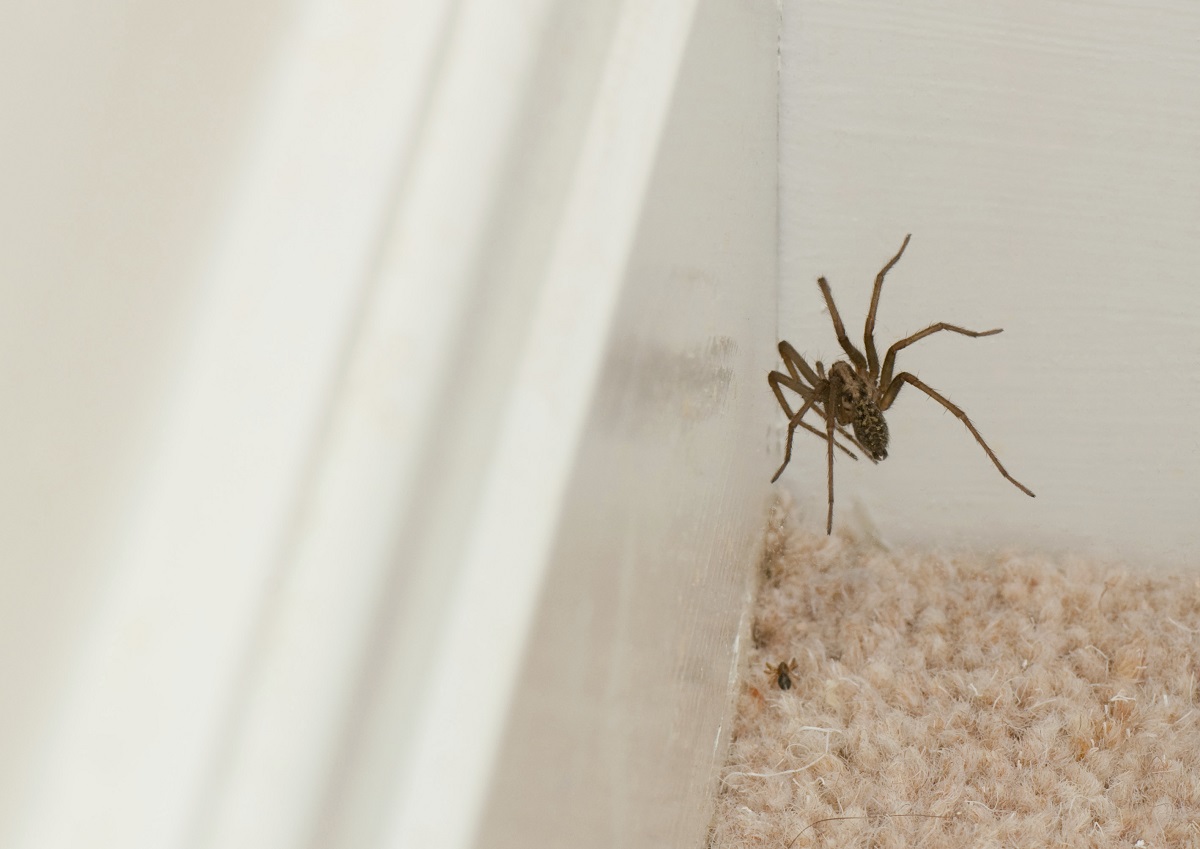
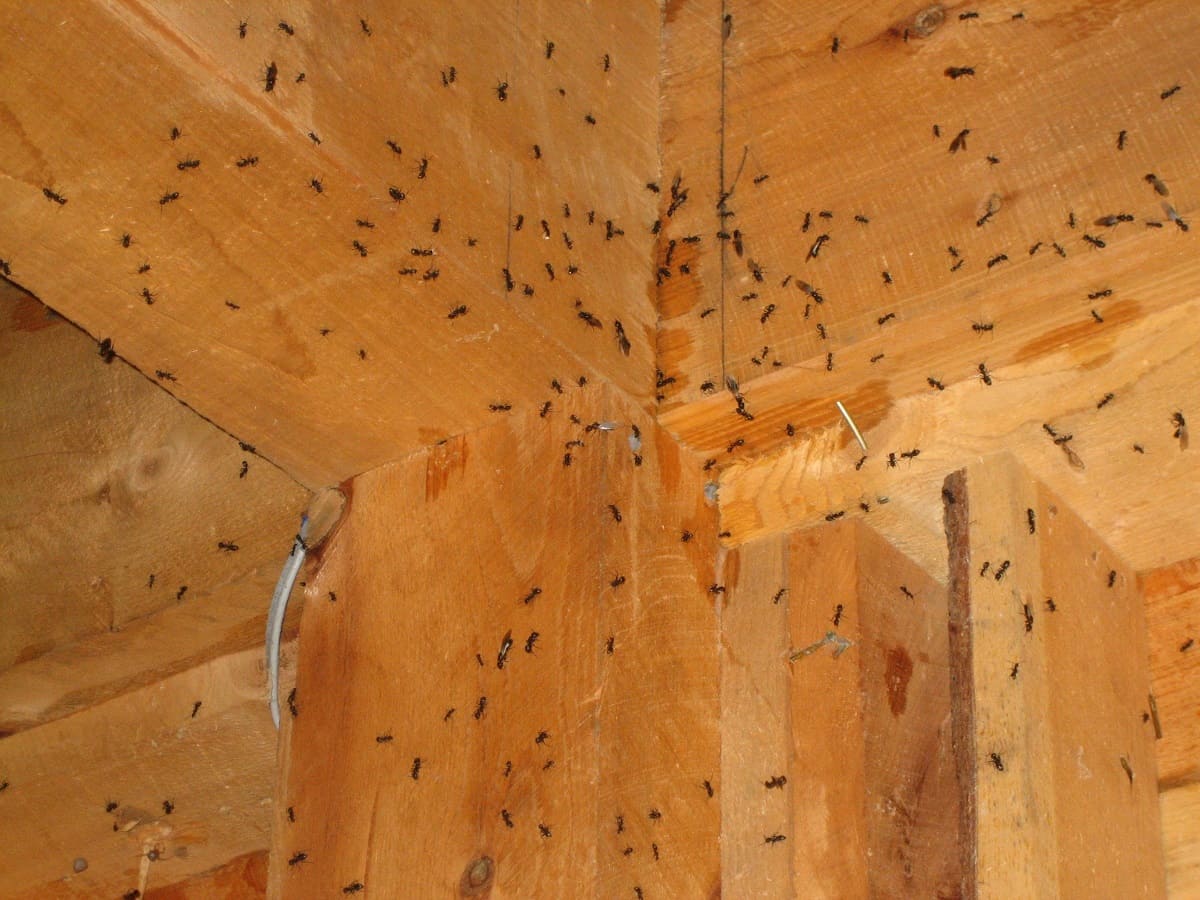
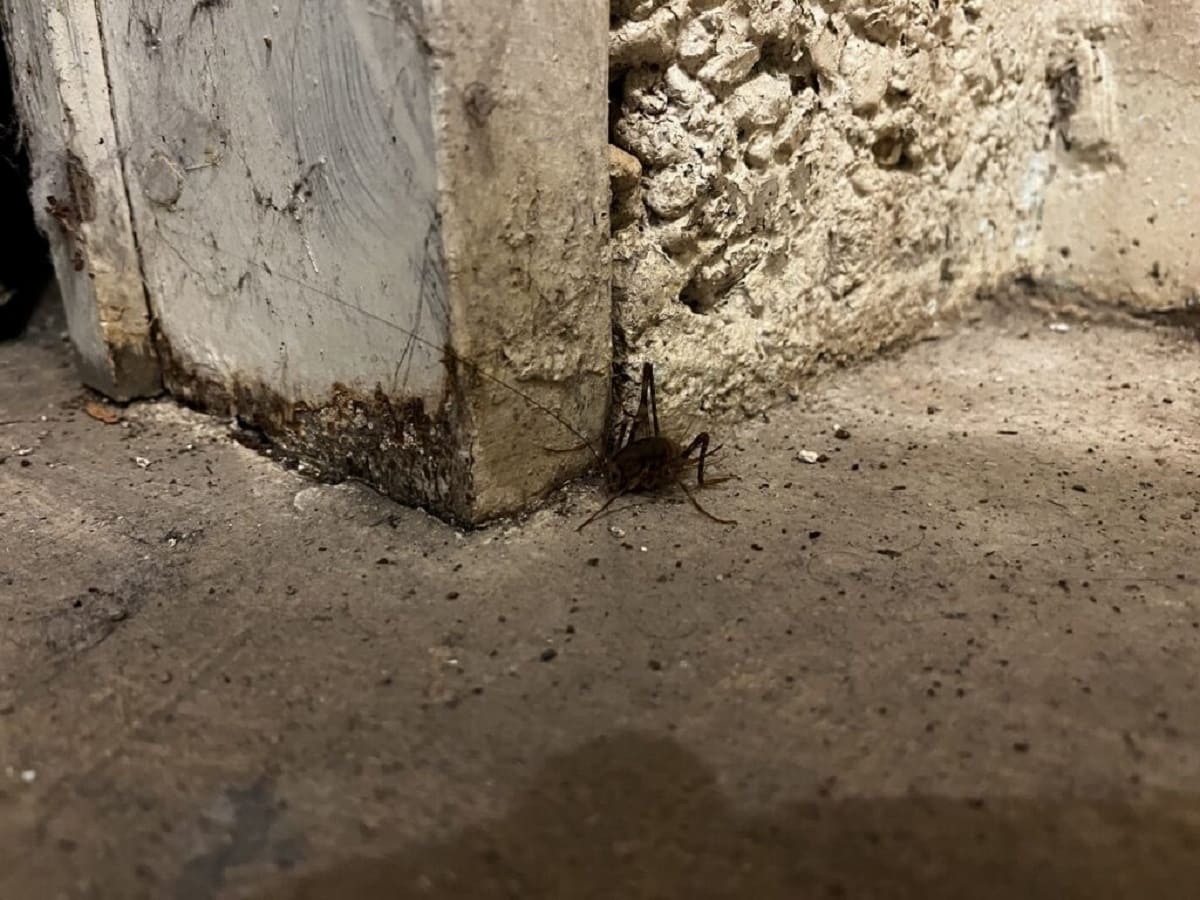
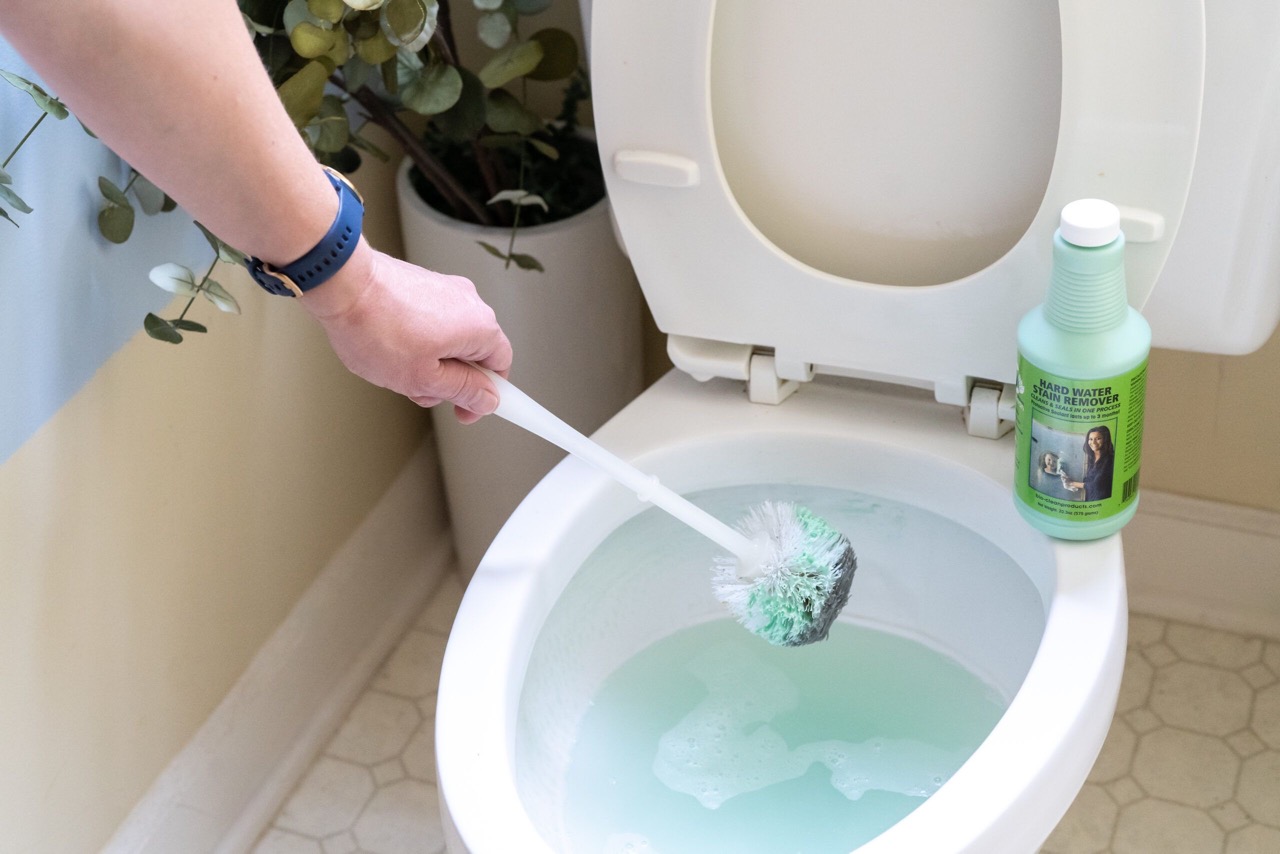
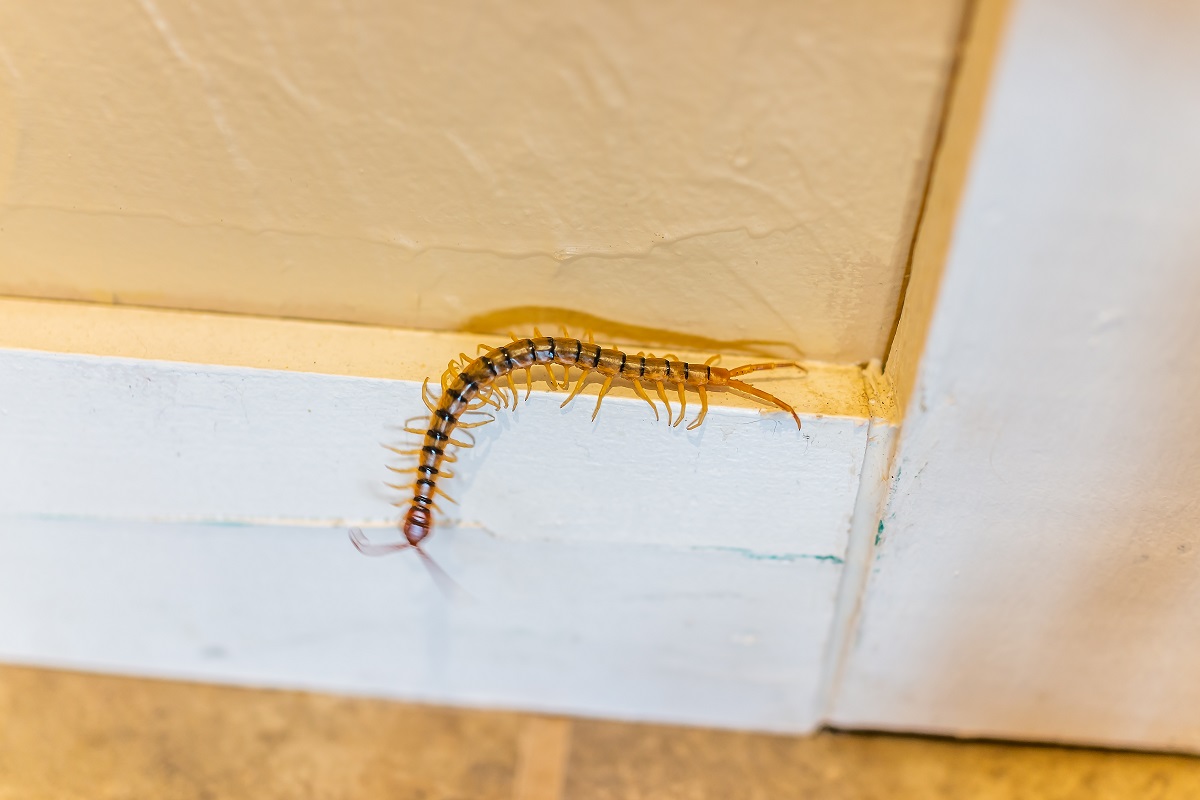
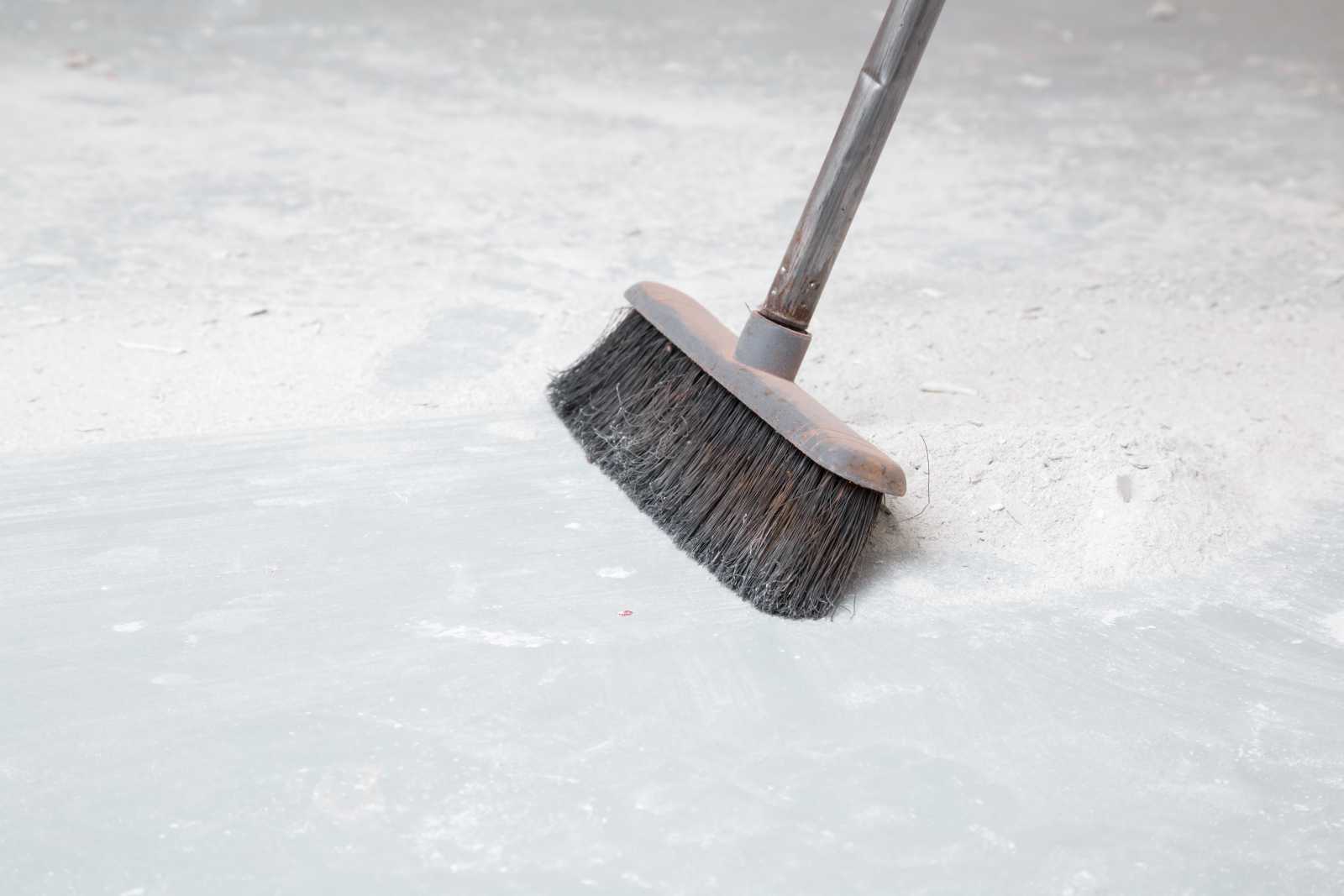
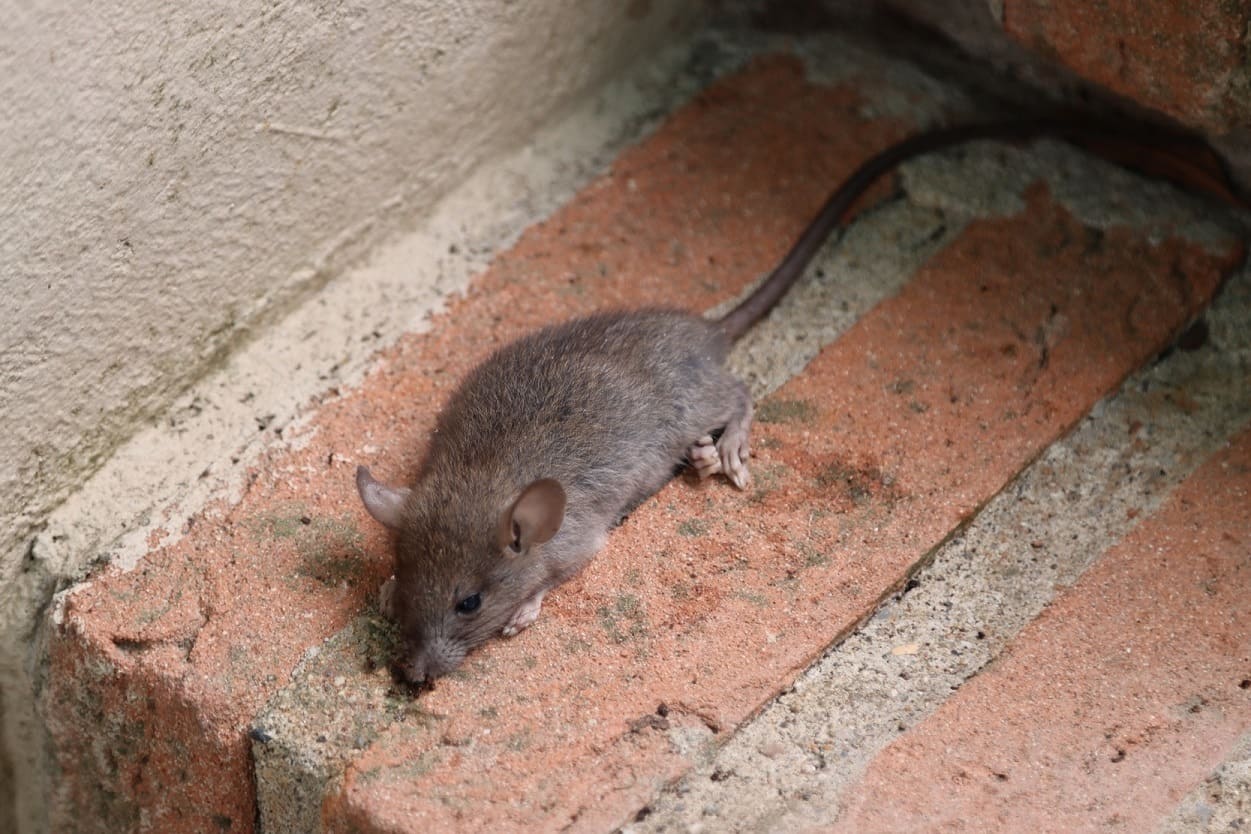
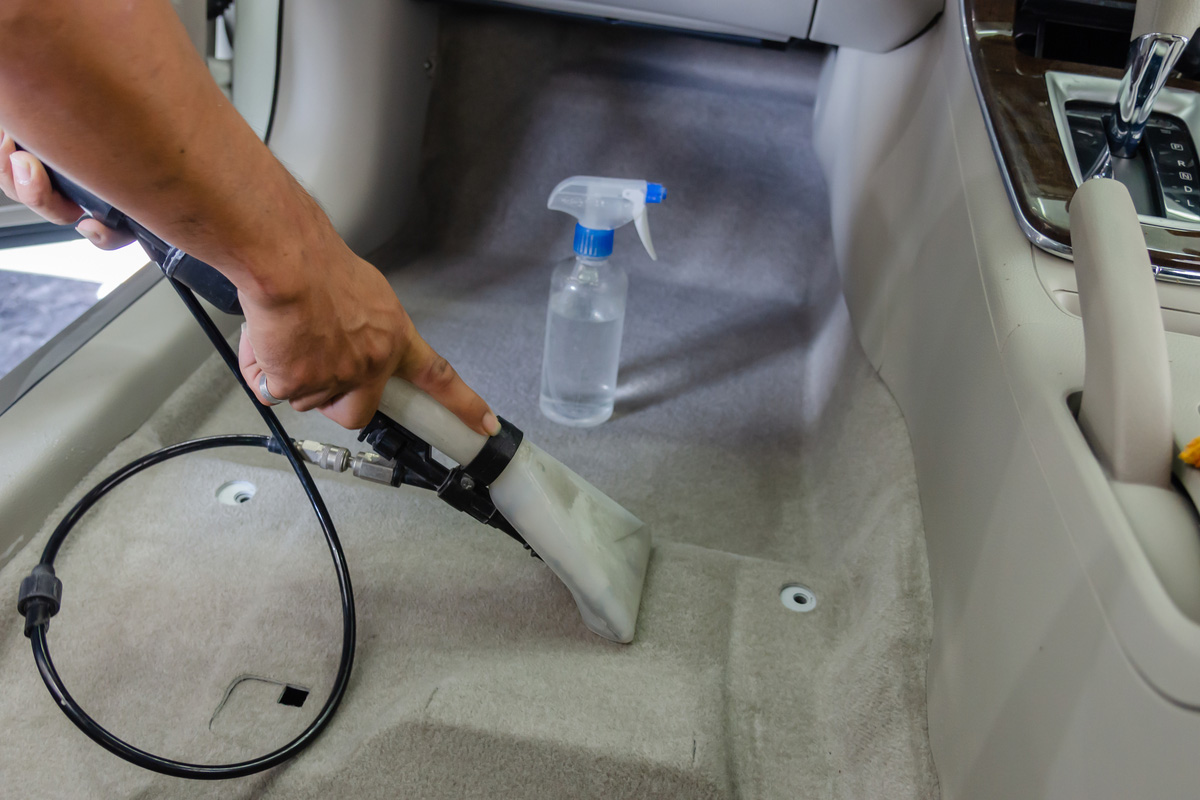
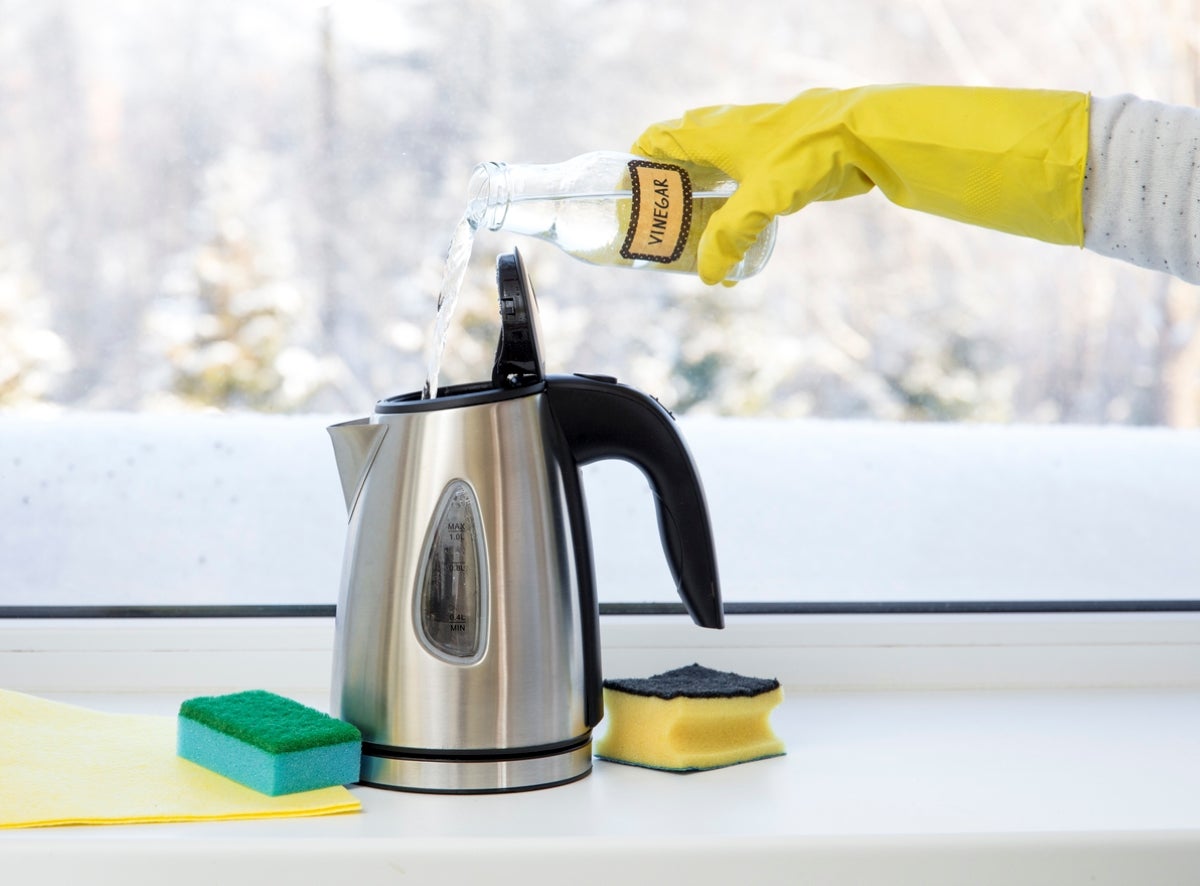
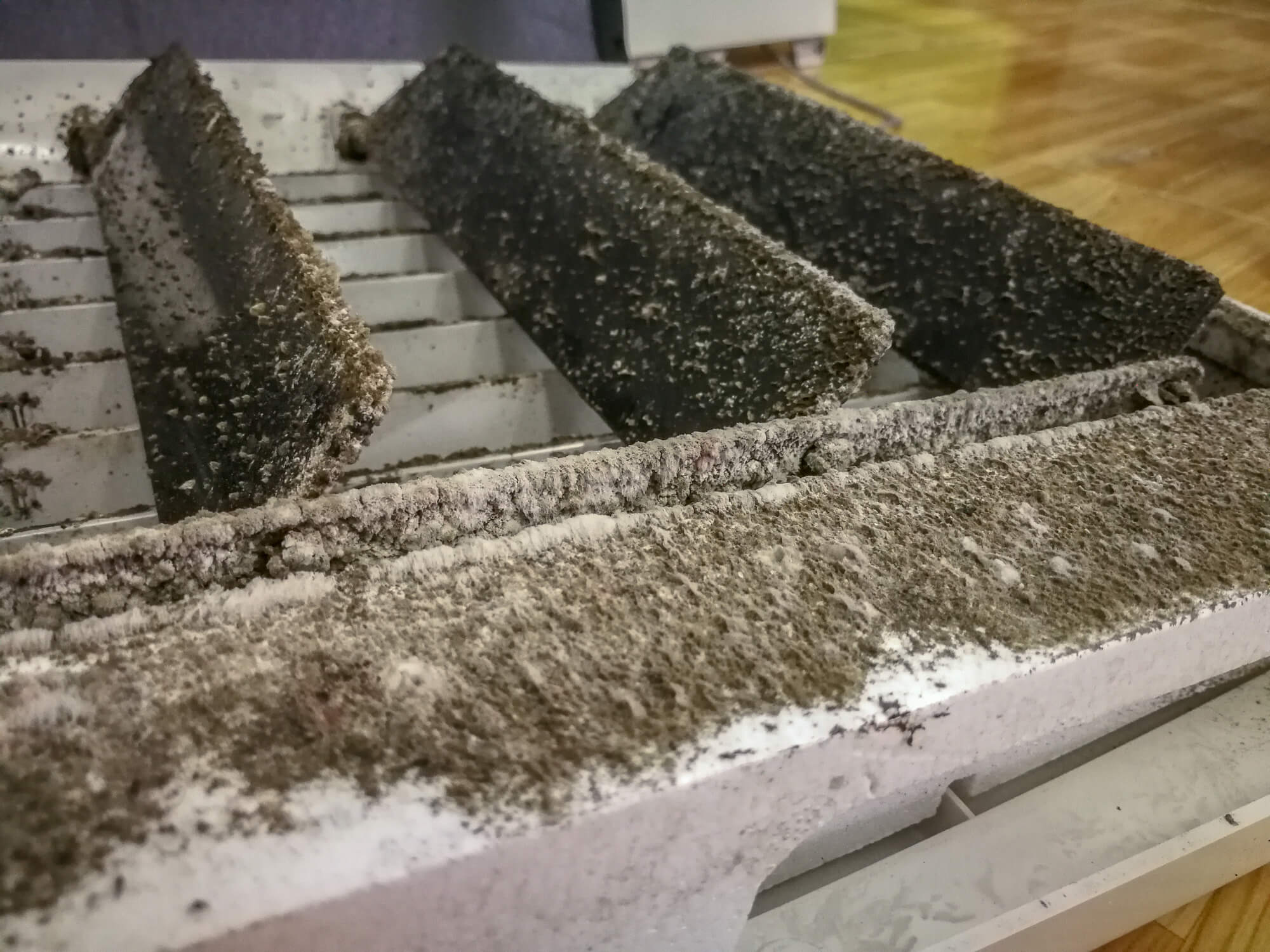
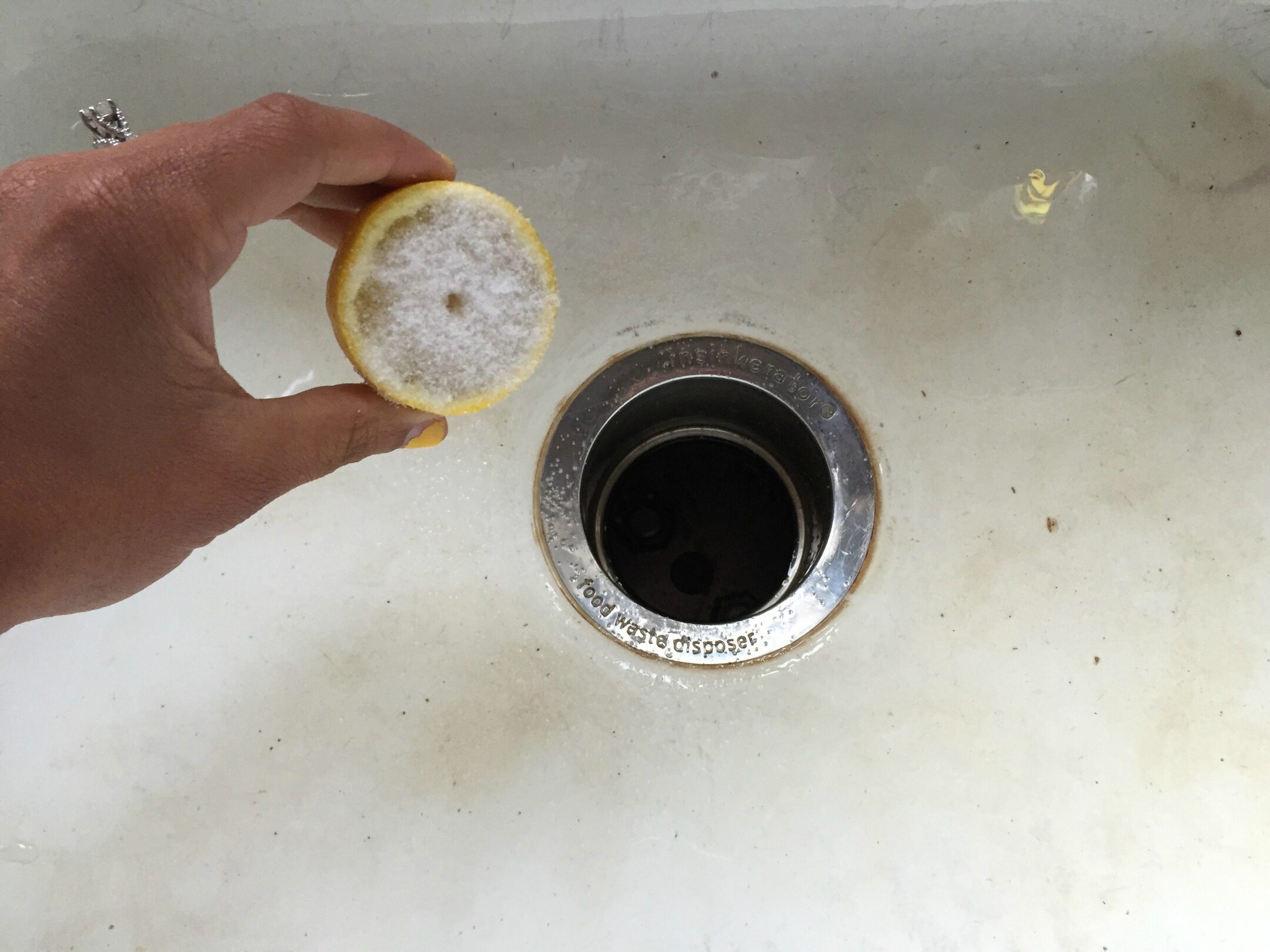
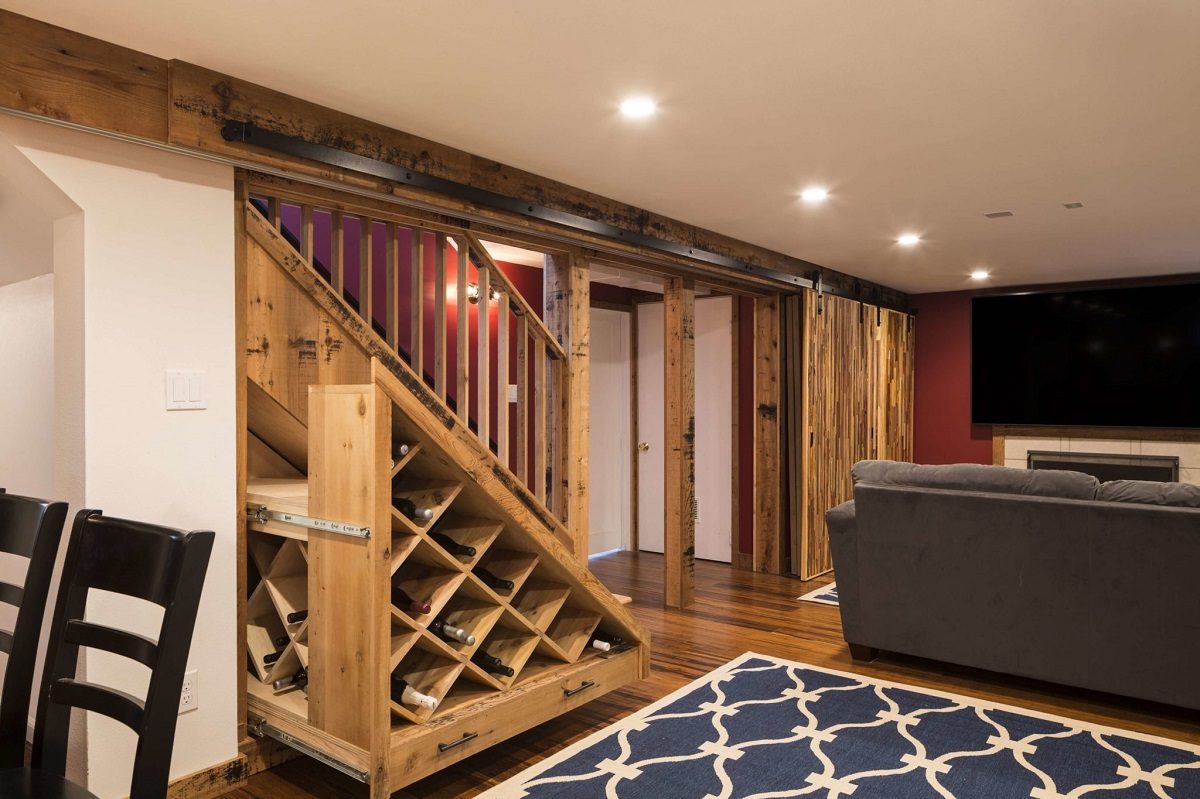

0 thoughts on “How To Get Rid Of Mold In Basement”